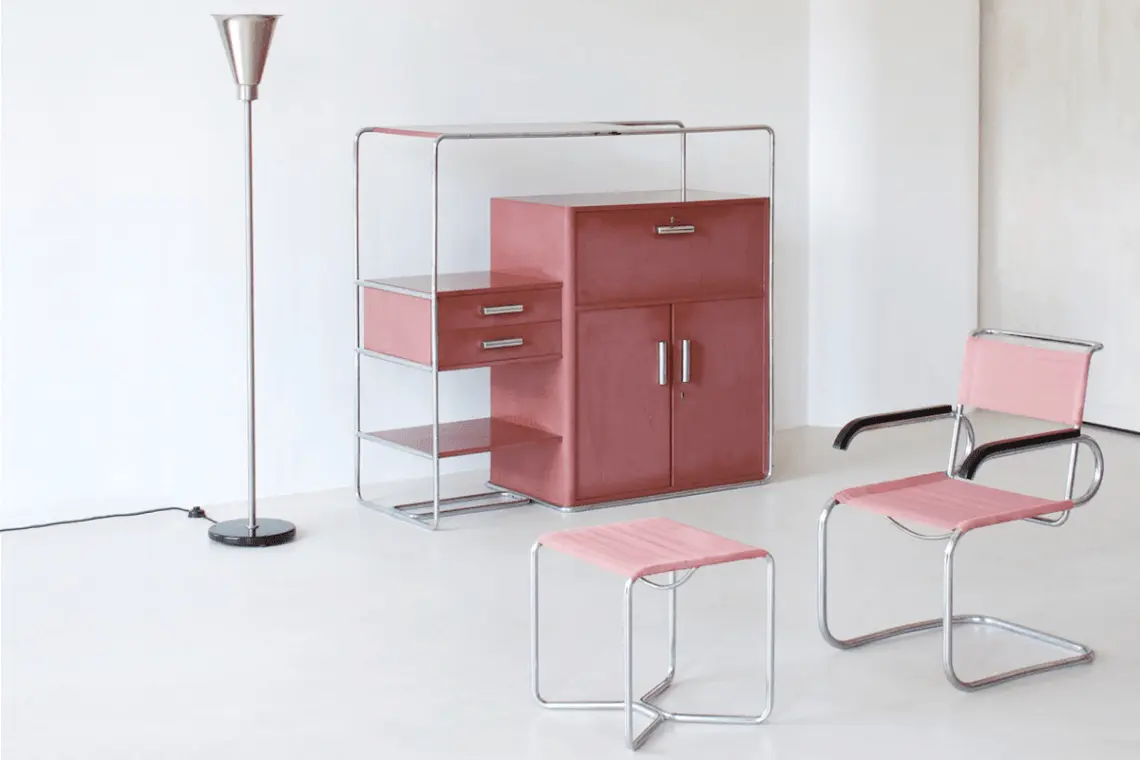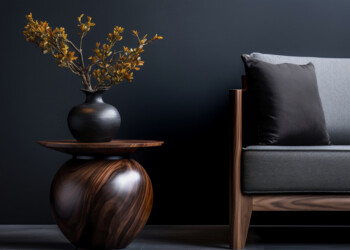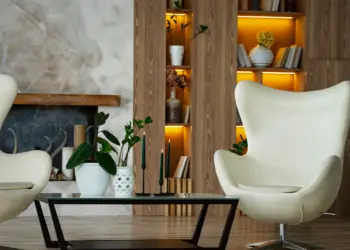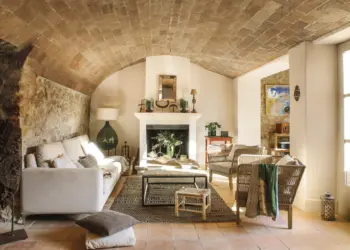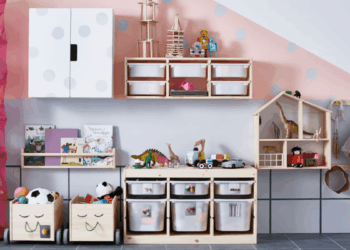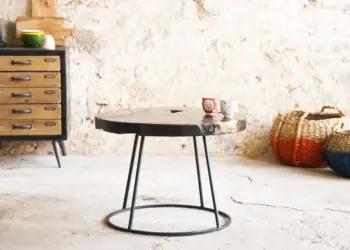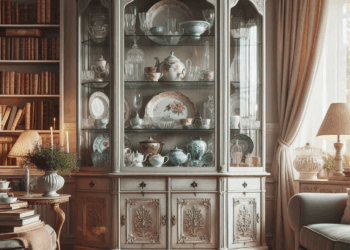In the world of interior design and furniture, few styles have stood the test of time as gracefully as Bauhaus. The Bauhaus movement, born in Germany in the early 20th century, revolutionized the way we perceive and interact with furniture. Its minimalist and functional approach has made it a timeless choice for those seeking both elegance and practicality in their living spaces. In this article, we will delve into the world of Bauhaus furniture, exploring its history, key characteristics, and why it continues to be a top choice for interior enthusiasts worldwide.
Table of Contents
The Birth of Bauhaus
The Bauhaus movement, founded by Walter Gropius in 1919, aimed to bridge the gap between art and industry. It sought to create functional, affordable, and aesthetically pleasing furniture that could be mass-produced. This vision was a response to the changing times, where industrialization was reshaping society, and design needed to adapt.
Bauhaus Principles
At the heart of Bauhaus philosophy are principles that continue to resonate with contemporary designers. The mantra of “form follows function” is central to Bauhaus design. This means that every element of a piece of furniture serves a purpose, with no superfluous ornamentation. Simplicity, practicality, and harmony are the hallmarks of Bauhaus creations.
Form Follows Function
One of the fundamental principles of Bauhaus design is the idea that “form follows function.” This means that the design of an object should primarily serve its purpose. In the context of furniture, it translates to pieces that are not only visually appealing but also incredibly practical.
Bauhaus furniture achieves this by embracing clean lines, geometric shapes, and minimal ornamentation. The focus is on simplicity and efficiency, resulting in pieces that are as functional as they are beautiful.
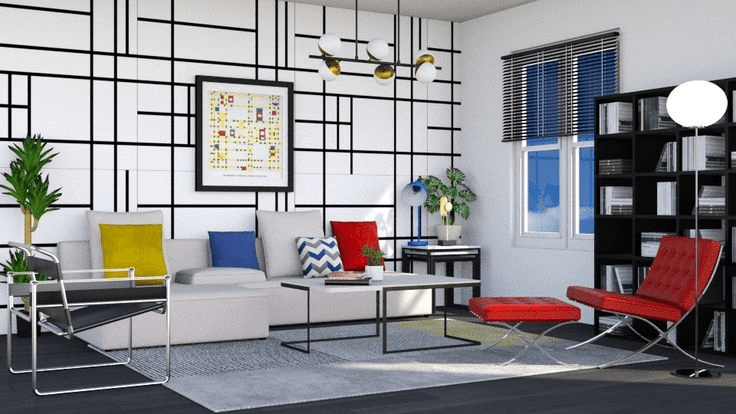
Materials Matter
Bauhaus designers were also pioneers in their choice of materials. They favored materials like tubular steel, glass, and leather, which were not only innovative but also readily available for mass production. This departure from traditional wood furniture was groundbreaking and contributed to the movement’s unique aesthetic.

Timeless Design Icons
Several iconic pieces of Bauhaus furniture have become synonymous with the movement itself. Let’s take a closer look at a few of them:
Wassily Chair
The Wassily Chair, designed by Marcel Breuer in 1925, is an epitome of Bauhaus design. Crafted from tubular steel and leather, this chair showcases the movement’s commitment to combining form and function. Its sleek lines and innovative use of materials have made it an icon of modern design.
Its sleek tubular steel frame and supple leather upholstery make it a statement piece in any setting.
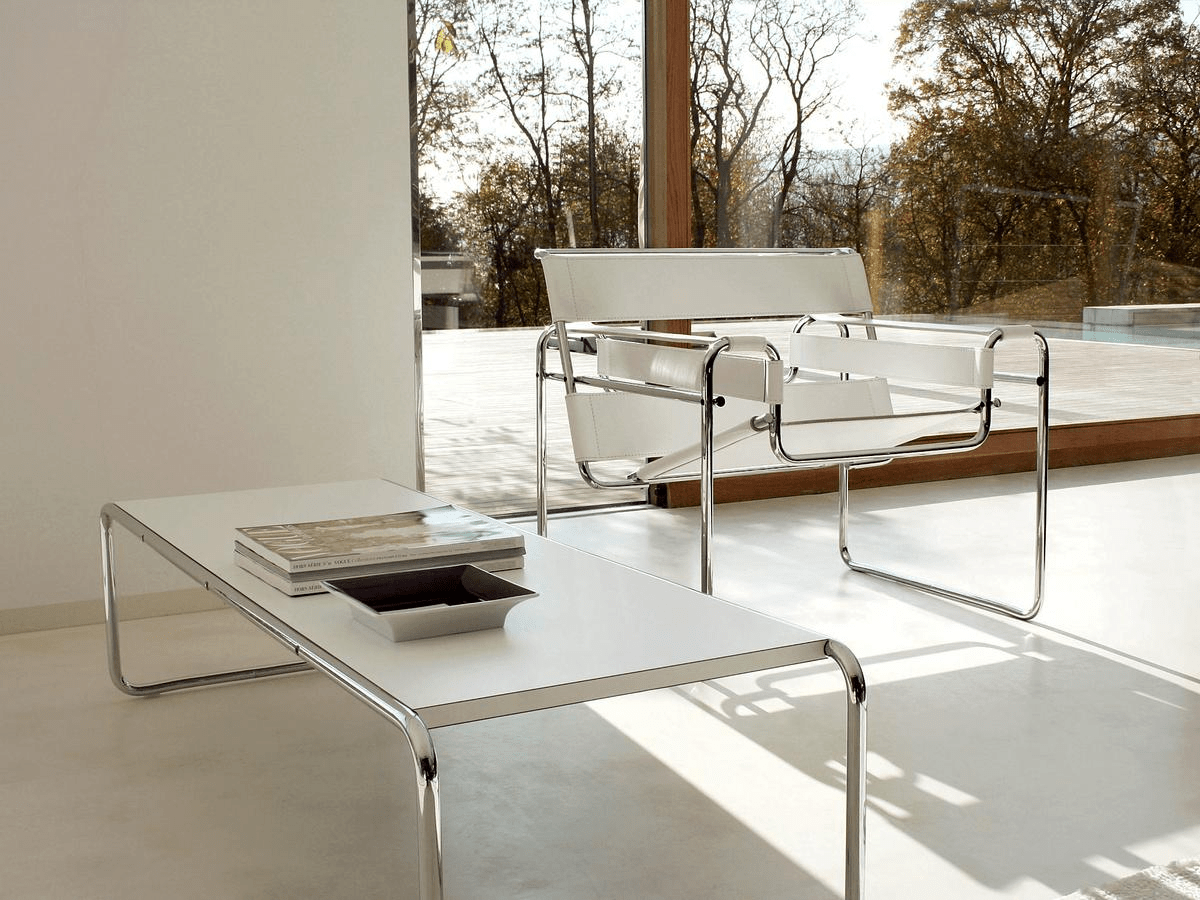
Barcelona Chair
Ludwig Mies van der Rohe’s Barcelona Chair is another Bauhaus masterpiece. Introduced in 1929, it exudes timeless sophistication with its plush cushions and stainless steel frame. This chair’s enduring popularity demonstrates the enduring appeal of Bauhaus aesthetics. Its clean lines and premium materials make it a symbol of modern luxury.
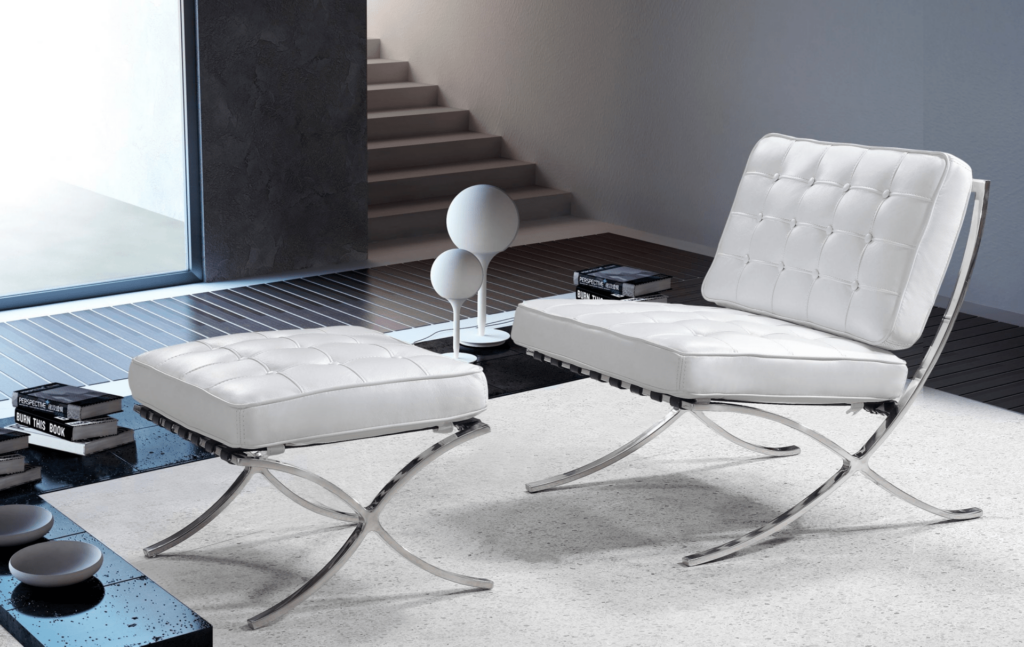
Eileen Gray’s E-1027 Table
Eileen Gray’s E-1027 Table is a testament to Bauhaus principles. Its adjustable and functional design showcases the movement’s commitment to versatility.
Eileen Gray, a pioneering Irish architect and designer, created the E-1027 Table in 1927. Its adjustable and versatile design exemplifies the Bauhaus ethos of adaptability and functionality. The table’s minimalist elegance is a testament to Bauhaus sensibilities.

Timeless Elegance for Modern Living: Bauhaus Furniture in Modern Interiors
The enduring allure of Bauhaus furniture lies in its adaptability to various interior styles. Whether your home is a contemporary haven or a more traditional space, Bauhaus pieces can seamlessly integrate, adding a touch of timeless elegance to any setting.
The clean lines and neutral color palettes of Bauhaus furniture make it a perfect choice for minimalist, Scandinavian, or mid-century modern interiors. Its ability to blend seamlessly with other design elements ensures that it remains a relevant choice for today’s homeowners and designers.
Today, Bauhaus furniture remains highly sought after for its ability to seamlessly blend into modern interiors. Its timeless appeal means that a Bauhaus piece can complement a wide range of design styles, from minimalist to eclectic.
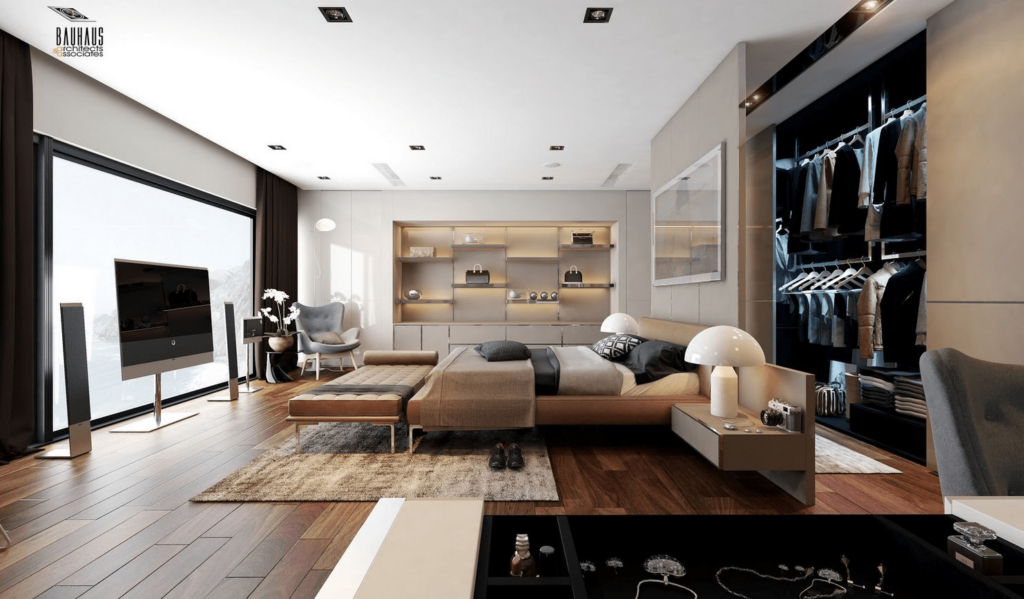
The Bauhaus Legacy
Beyond its impact on furniture design, the Bauhaus movement has left an indelible mark on architecture, art, and education. Its emphasis on experimentation, innovation, and the synergy of art and technology continues to inspire creatives worldwide.
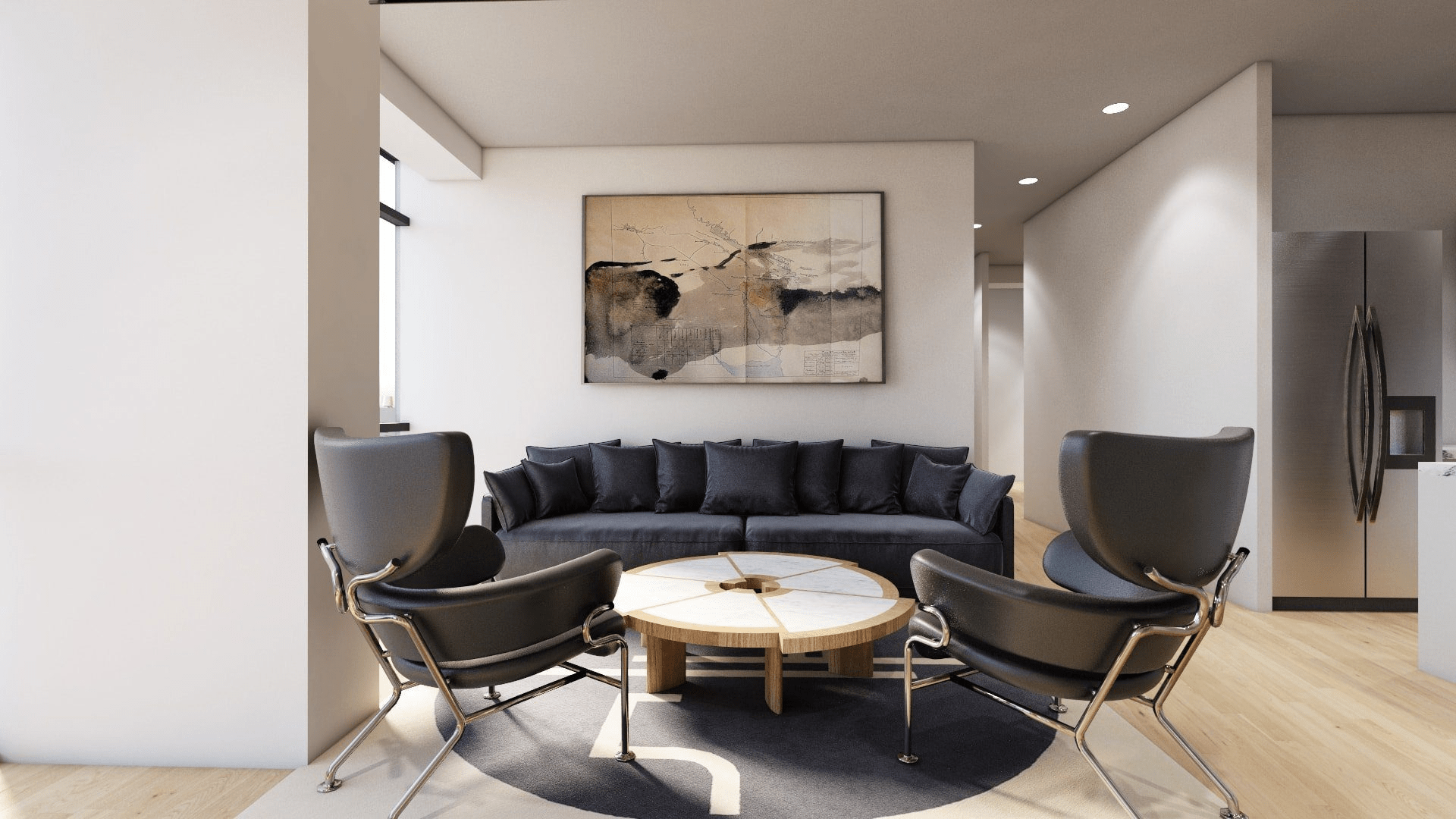
Why Choose Bauhaus Furniture?
So, why should you consider Bauhaus furniture for your home? Here are some compelling reasons:
Timelessness
Bauhaus pieces don’t go out of style. Their enduring design means that you won’t have to constantly update your furniture to keep up with changing trends.
Functionality
Bauhaus furniture is designed with everyday life in mind. Expect comfort, durability, and practicality in every piece.
Aesthetics
The clean lines and minimalistic design of Bauhaus furniture create a sense of elegance and sophistication in any space.
Versatility
Bauhaus furniture can adapt to various interior design styles, making it a versatile choice for any home.
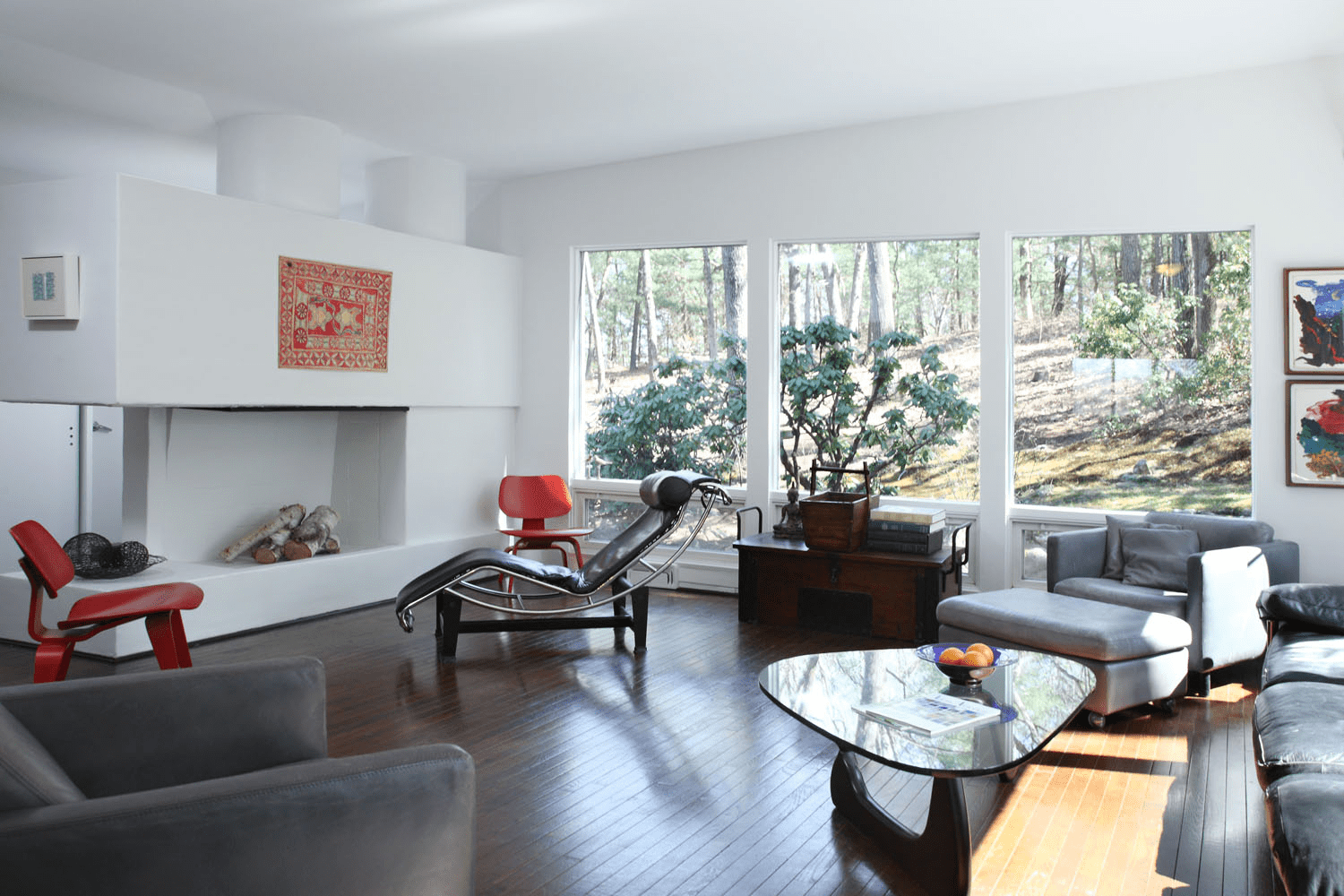
Where to Find Bauhaus Furniture
If you’re considering adding Bauhaus furniture to your home, you might wonder where to start your search. Many reputable furniture stores offer Bauhaus-inspired pieces that capture the essence of the original designs. Additionally, antique shops and online marketplaces often feature authentic Bauhaus furniture for collectors and enthusiasts.
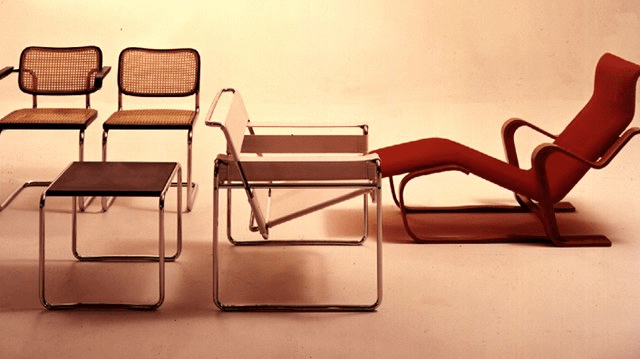
In Summary
Bauhaus furniture represents a unique blend of art, design, and functionality. Its enduring appeal lies in its ability to adapt to changing times while maintaining its core principles of simplicity and utility. Whether you’re furnishing a modern apartment or a traditional home, Bauhaus pieces have the versatility to elevate your living space. As you embark on your journey to find the perfect furniture for your home, consider the timelessness and elegance of Bauhaus design. It’s not just furniture; it’s a statement of enduring style.
In a world where design trends come and go, Bauhaus furniture stands as a beacon of timeless elegance and functionality. Its commitment to the marriage of form and function has left an indelible mark on the world of interior design. So, if you’re looking to elevate your living space with furniture that transcends time, consider investing in Bauhaus pieces. Your home will thank you for it, and you’ll enjoy the enduring beauty of this iconic style for years to come.
FAQs
What is Bauhaus furniture?
Bauhaus furniture is a style of furniture that originated from the Bauhaus school of design in Germany in the early 20th century. It is characterized by its minimalist and functional design, with an emphasis on clean lines, geometric shapes, and the use of innovative materials.
What are the key characteristics of Bauhaus furniture?
The key characteristics of Bauhaus furniture include simplicity, functionality, and the principle that “form follows function.” These pieces often feature materials like tubular steel, glass, and leather, and they prioritize practicality and aesthetics.
Who were some famous Bauhaus furniture designers?
Several renowned designers contributed to the Bauhaus movement. Some of the most famous include Marcel Breuer (designer of the Wassily Chair), Ludwig Mies van der Rohe (designer of the Barcelona Chair), and Eileen Gray (designer of the E-1027 Table).
Is Bauhaus furniture still popular today?
Yes, Bauhaus furniture remains popular today due to its timeless design. Its minimalist and functional qualities make it a versatile choice that can complement a variety of interior design styles. Many people appreciate its enduring elegance and durability.
Where can I find authentic Bauhaus furniture?
Authentic Bauhaus furniture pieces can be found in antique shops, vintage furniture stores, and at specialized auctions. However, if you’re looking for modern interpretations inspired by Bauhaus design, many furniture retailers offer such pieces.
Can Bauhaus furniture be customized?
Yes, many Bauhaus-inspired furniture pieces can be customized to suit your preferences. You can often choose from a variety of upholstery materials and colors, as well as make adjustments to dimensions to fit your specific needs.
How can I incorporate Bauhaus furniture into my home?
You can incorporate Bauhaus furniture into your home by selecting pieces that complement your existing decor. Due to its minimalist nature, Bauhaus furniture can blend well with various design styles. Consider mixing and matching it with other furniture pieces to create a unique and harmonious interior.
Is IKEA based on Bauhaus?
No, IKEA is not based on Bauhaus. While both have made significant contributions to design and furniture, they have distinct origins and philosophies. IKEA is a Swedish furniture retailer known for its affordable, flat-pack furniture, while Bauhaus was a German art school and design movement that influenced modernist design principles.
Is Bauhaus furniture still in business?
The original Bauhaus school closed in 1933, but its design principles continue to influence contemporary furniture and design. Many companies produce furniture inspired by Bauhaus design, and some original Bauhaus pieces are considered collector’s items. So, while the school itself is no longer in operation, its design legacy lives on in the world of furniture and interior design.
What is the Bauhaus philosophy?
The Bauhaus philosophy is rooted in the idea that design should prioritize functionality, practicality, and innovation. It encourages the use of modern materials and technologies to create objects that serve their intended purpose efficiently while maintaining an aesthetic appeal.
What is Bauhaus today?
Today, “Bauhaus” refers to both a historical design movement and a contemporary influence on various design disciplines. Bauhaus originated as a German art school in the early 20th century, founded by Walter Gropius in 1919. The school aimed to bridge the gap between art and industry, emphasizing principles of functionalism, minimalism, and the fusion of art with technology.
